The inhumanity of ‘assisted dying’
Matthew Parris has said the quiet part out loud: assisted suicide is about ridding society of ‘unproductive’ people.
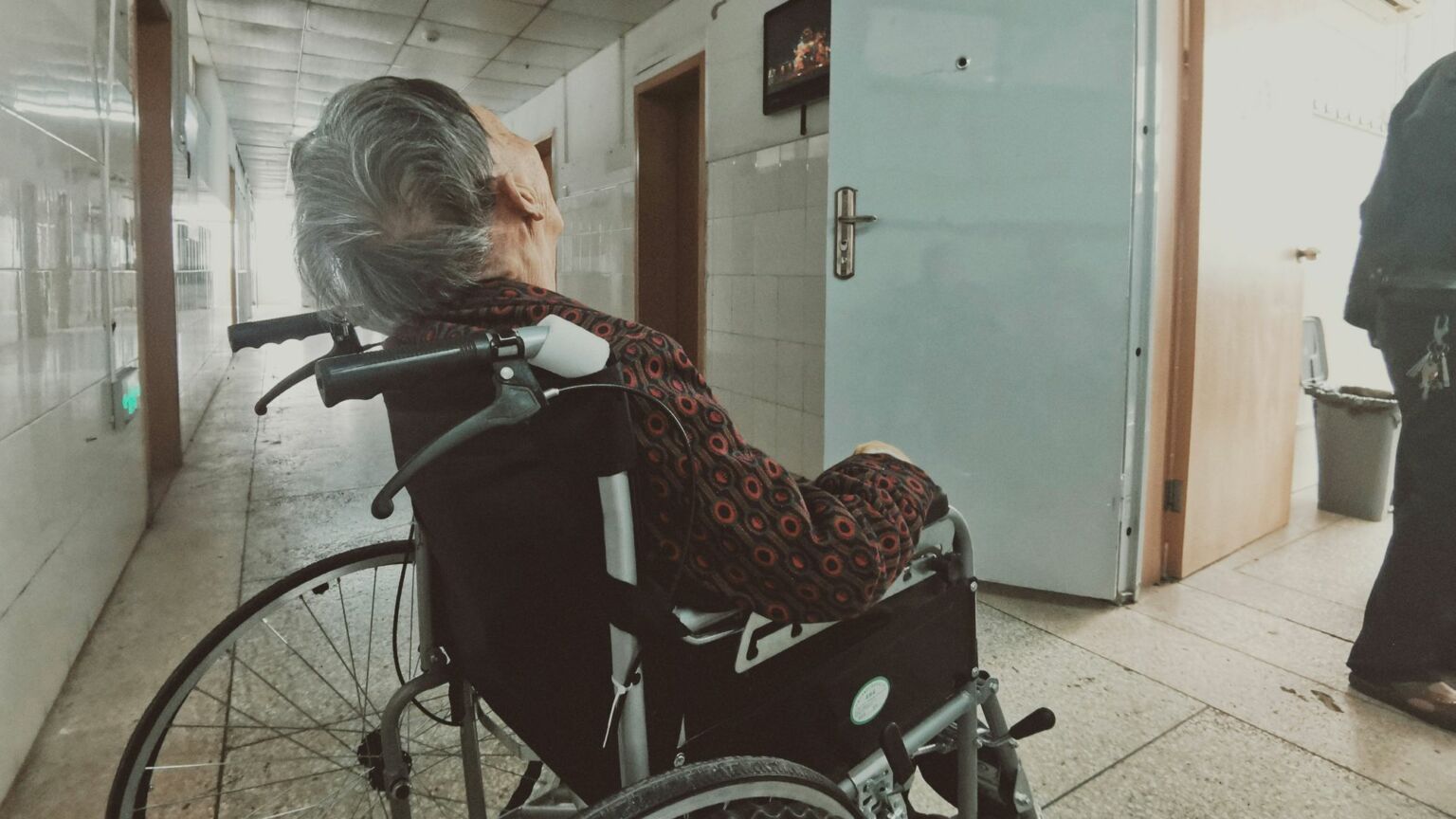
Want to read spiked ad-free? Become a spiked supporter.
‘If I had my way, I would build a lethal chamber as big as the Crystal Palace, with a military band playing softly, and a cinematograph working brightly; then I’d go out in the back streets and main streets and bring them in, all the sick, the halt and the maimed; I would lead them gently, and they would smile me a weary thanks; and the band would softly bubble out the “Hallelujah Chorus”.’
This DH Lawrence quote from 1908 instantly came to mind when reading Matthew Parris’s column in The Times last week. The former Conservative MP was trying to make the case for legalising assisted suicide and euthanasia (ASE), though he has unwittingly demonstrated precisely why doing so would be so dangerous. He suggested that it might be useful to cull the elderly and infirm, who supposedly use up too many resources:
‘Our growing interest in assisted dying may reflect a largely unconscious realisation that we simply cannot afford extreme senescence or desperate infirmity for as many such individuals as our society is producing. “Your time is up” will never be an order, but – yes, the objectors are right – may one day be the kind of unspoken hint that everybody understands. And that’s a good thing.’
Parris’s column has since been met with near-universal condemnation, including from proponents of what is euphemistically referred to as ‘assisted dying’. Some described it as ‘monstrous’, others called it repellent. Tory MP Danny Kruger compared Parris’s plea for the elderly and infirm to recognise that their time is up with Jonathan Swift’s ‘modest proposal’ to encourage the poor to sell their babies to the rich as food.
As it happens, Parris has been making virtually the same argument for many years now. In 2015, he argued in the Spectator that there will come a time when ‘it may be thought selfish of some individuals (including potentially ourselves) to want to carry on’. Yet few people batted an eyelid back then. So what has changed?
The answer is that campaigners for assisted suicide and euthanasia have – almost – succeeded in their PR drive to make their position seem like the ‘compassionate’ one. In reality, any proposal for legalised assisted suicide assumes that humanity can be divided into two camps – those whose suicide we should strenuously try to prevent, and those whose suicide should be encouraged and assisted. ASE campaigners have managed to hide this dark truth. And they would have got away with it, too, were it not for that pesky Matthew Parris saying the quiet part out loud.
Parris is simply more honest than other proponents of ASE, who have spent years trying to rebrand assisted suicide and euthanasia as ‘assisted dying’. They insist that encouraging people to ingest deadly drugs with the intent of killing themselves is not encouraging suicide. Instead, they say, it is about providing people with ‘autonomy’ and ‘choice’. But far from being a ‘compassionate’ movement that champions new rights for the sick and infirm, the ASE movement has always viewed certain people as drains on society, right from its inception.
The first proposal for legalising euthanasia was made by Samuel Williams in an 1870 essay for the Birmingham Speculative Club. He called for a new approach to morality, saying that killing was not wrong when ‘a life is taken away that has ceased to be useful to others, and has become an unbearable infliction to its possessor’. From then on, ASE advocacy has been motivated partly by a desire to maximise economic efficiency, but also by a sense of pity for those people who are seen as lesser, whether because of illness, age, disability, poverty and race.
Williams’s ideas gained the support of many socialists, liberals and progressives on both sides of the Atlantic. In the UK, Annie Besant, a noted socialist and women’s rights campaigner, wrote in the 1870s about the duty of people to die in order to serve their community ‘and so to crown a noble life with the laurel wreath of a self-sacrificing death’. In the US, Dr Ella K Dearborn published an article in the early 20th century calling for ‘euthanasia for the incurably ill, insane, criminals and degenerates’. In 1906, social worker L Graham Crozier went further: ‘I would personally rather administer chloroform to the poor, starving children of New York, Philadelphia, Chicago and other American cities, than to see them living as they must in squalor and misery.’
These resource-based arguments for euthanasia were prominent 100 years ago, particularly in Germany. Karl Binding and Alfred Hoche’s pamphlet, Permitting the Destruction of Life Unworthy of Living, was published in 1920. They made a similar point to Parris: ‘It can in no way be doubted that there are living human beings whose death would be a deliverance both for themselves and society, and especially for the state, which would be liberated from a burden that fulfils absolutely no purpose.’
These arguments were met with fierce resistance from some quarters at the time. Many said it was inhumane to sacrifice the weak for the benefit of the strong. When Nazi Germany launched its euthanasia programme for those suffering from congenital illnesses and defects, it tried to galvanise public opinion by showing how much it would cost to keep these people alive. But in 1941, the bishop of Münster delivered a stinging sermon against the Nazi programme. ‘If you establish and apply the principle that you can kill “unproductive” fellow human beings then woe betide us all when we become old and frail!’, he warned. So resonant was his message that even Hitler felt his government needed to change tack.
After this, Nazi propaganda stopped using arguments around utility and efficiency, and instead emphasised ‘compassion’ for the suffering patient. Perhaps the most effective cinematic propaganda for euthanasia ever made was the 1941 film, commissioned by Joseph Goebbels, Ich klage an (I Accuse). It featured a vivacious young woman struck down by multiple sclerosis. At her own behest, she was killed by her physician husband. The ensuing trial discussed the complex ethical questions this raised, but the court eventually agreed that her killing was just. The new emphasis on the suffering of the patient blunted the bishop of Münster’s arguments. This allowed the euthanasia programme to continue, albeit more quietly. It would go on to kill over 70,000 mentally and physically disabled people in 19 months, according to Nazi records.
Today, proponents of ASE similarly emphasise the patient’s right to end their suffering, rather than the burden he or she supposedly places on society. But maximising utility and efficiency is the true, underlying purpose of legalising ASE.
You see this in Canada, where assisted suicide and euthanasia were legalised in 2016. A report by the Office of the Parliamentary Budget Officer, published with little fanfare in 2020, estimated that the net savings to the healthcare system from just 6,465 deaths in the Medical Assistance in Dying (MAID) programme would be $86.9million. Considering that Canada has since recorded almost 45,000 MAID deaths, the Canadian health system is now estimated to have saved more than $604million. This doesn’t even include the savings to the taxpayer from welfare payments, housing costs or other forms of assistance that would have been granted to those who had carried on living. As the report notes, savings per patient quadruple when the patient seeking euthanasia is not terminally ill.
Parris has done those of us who oppose assisted suicide and euthanasia a great favour. He has exposed the cold, utilitarian ethos lurking in the background of this debate. We should keep his column in mind, whenever someone tells us that legalising ‘assisted dying’ is the compassionate thing to do.
Kevin Yuill is an emeritus professor of history at the University of Sunderland and CEO of Humanists Against Assisted Suicide and Euthanasia (HAASE).




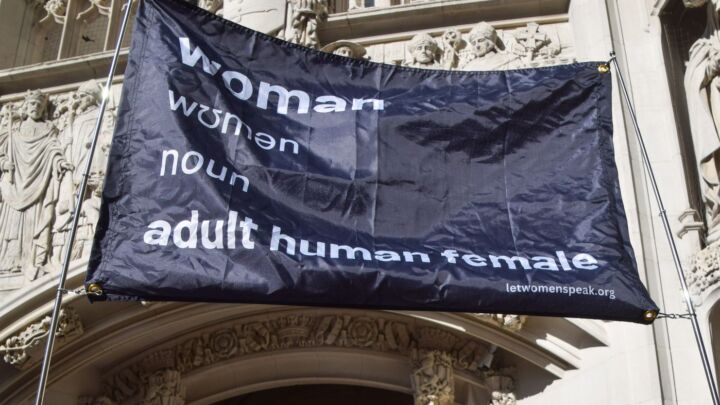
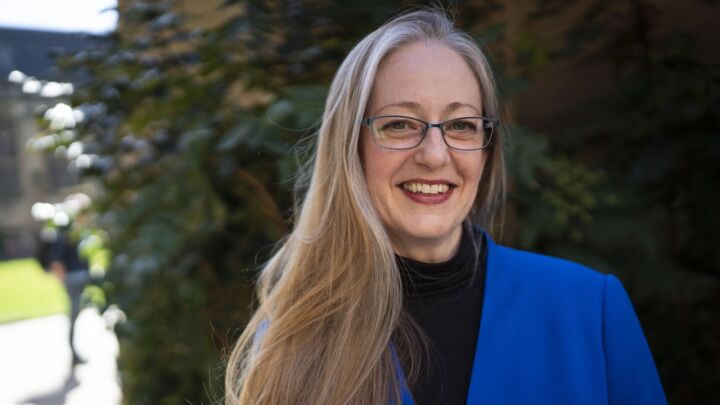
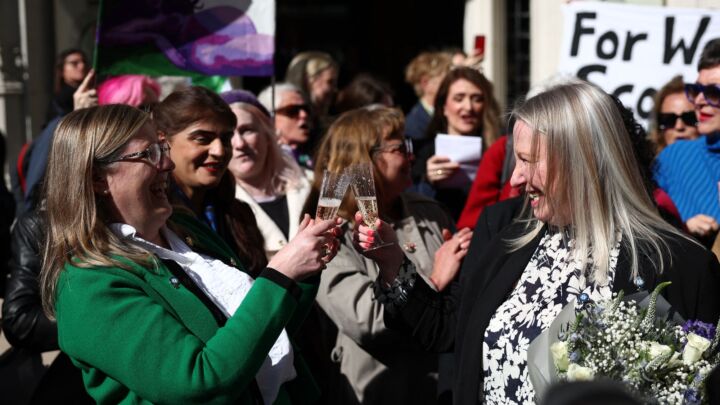

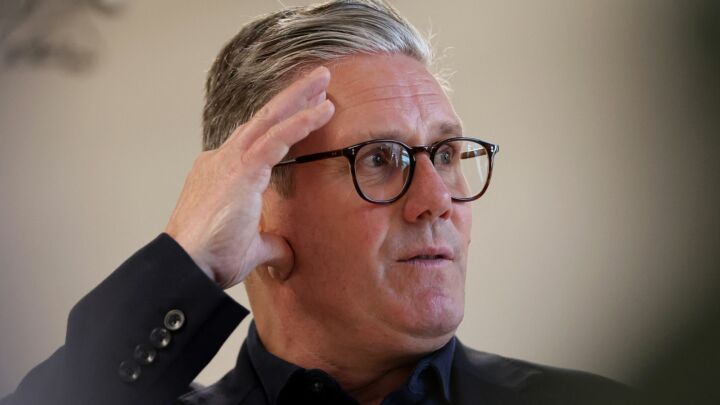
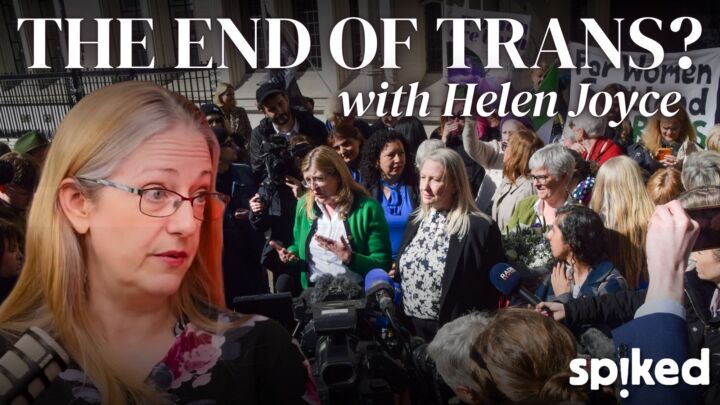

Comments
Want to join the conversation?
Only spiked supporters and patrons, who donate regularly to us, can comment on our articles.